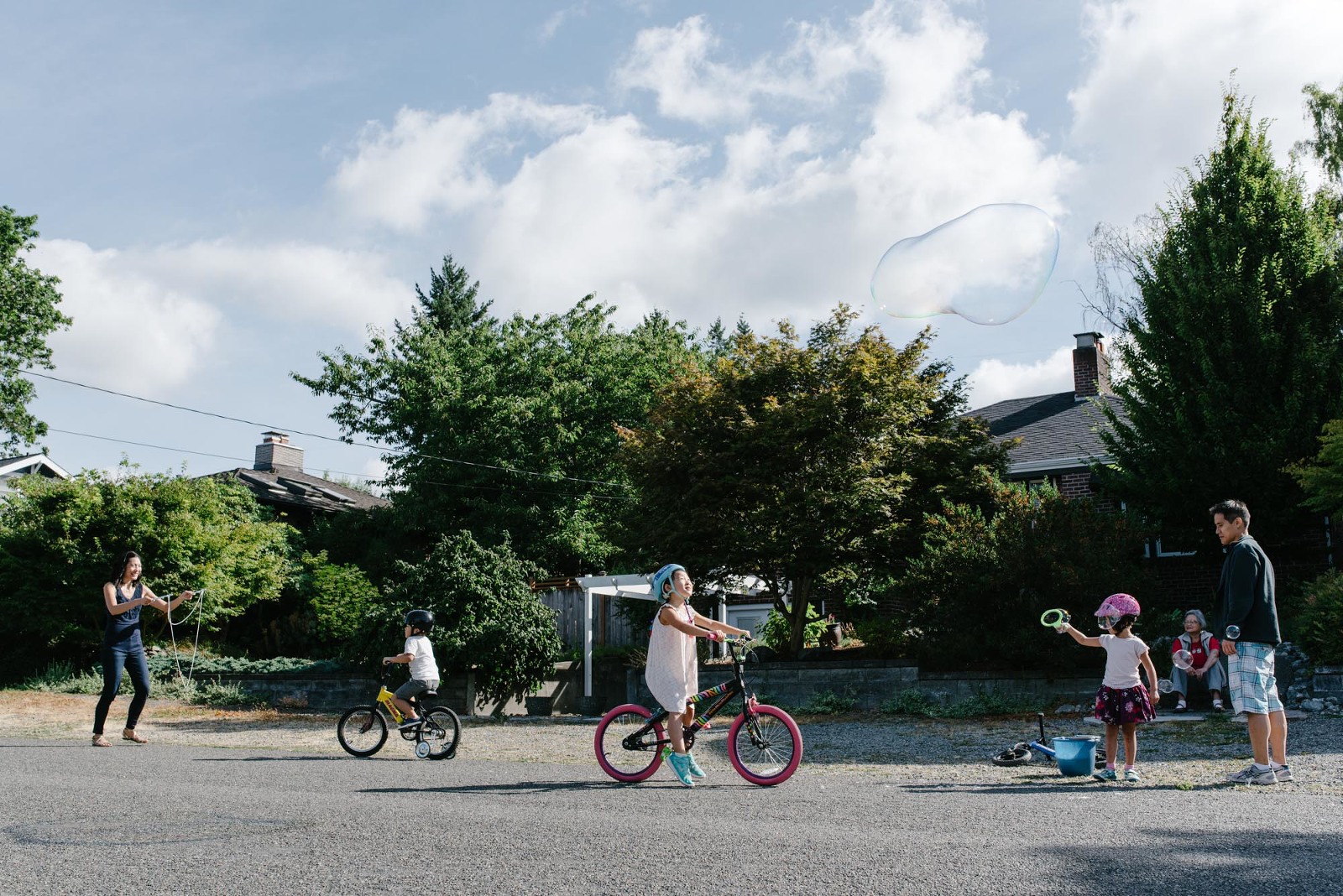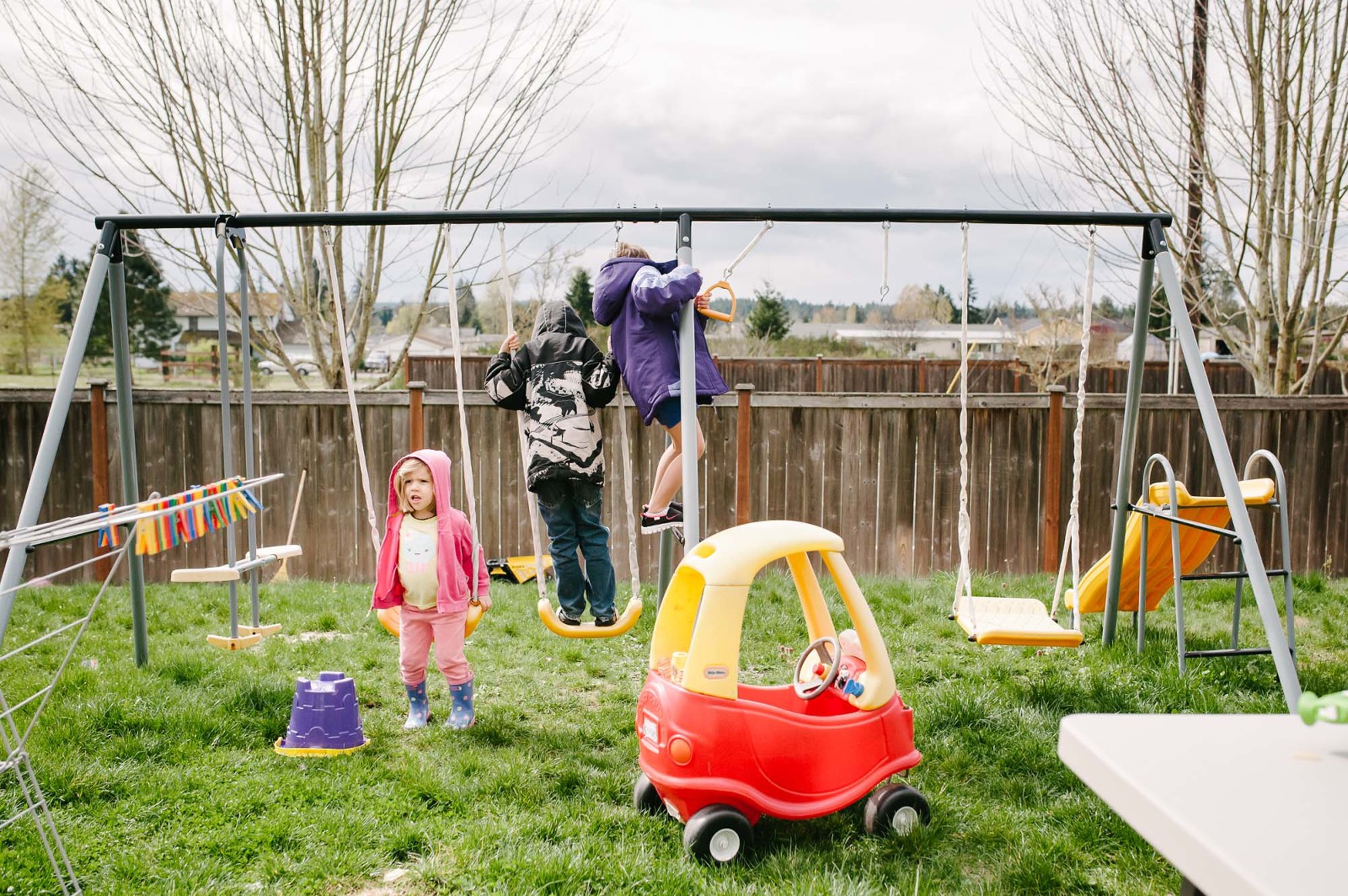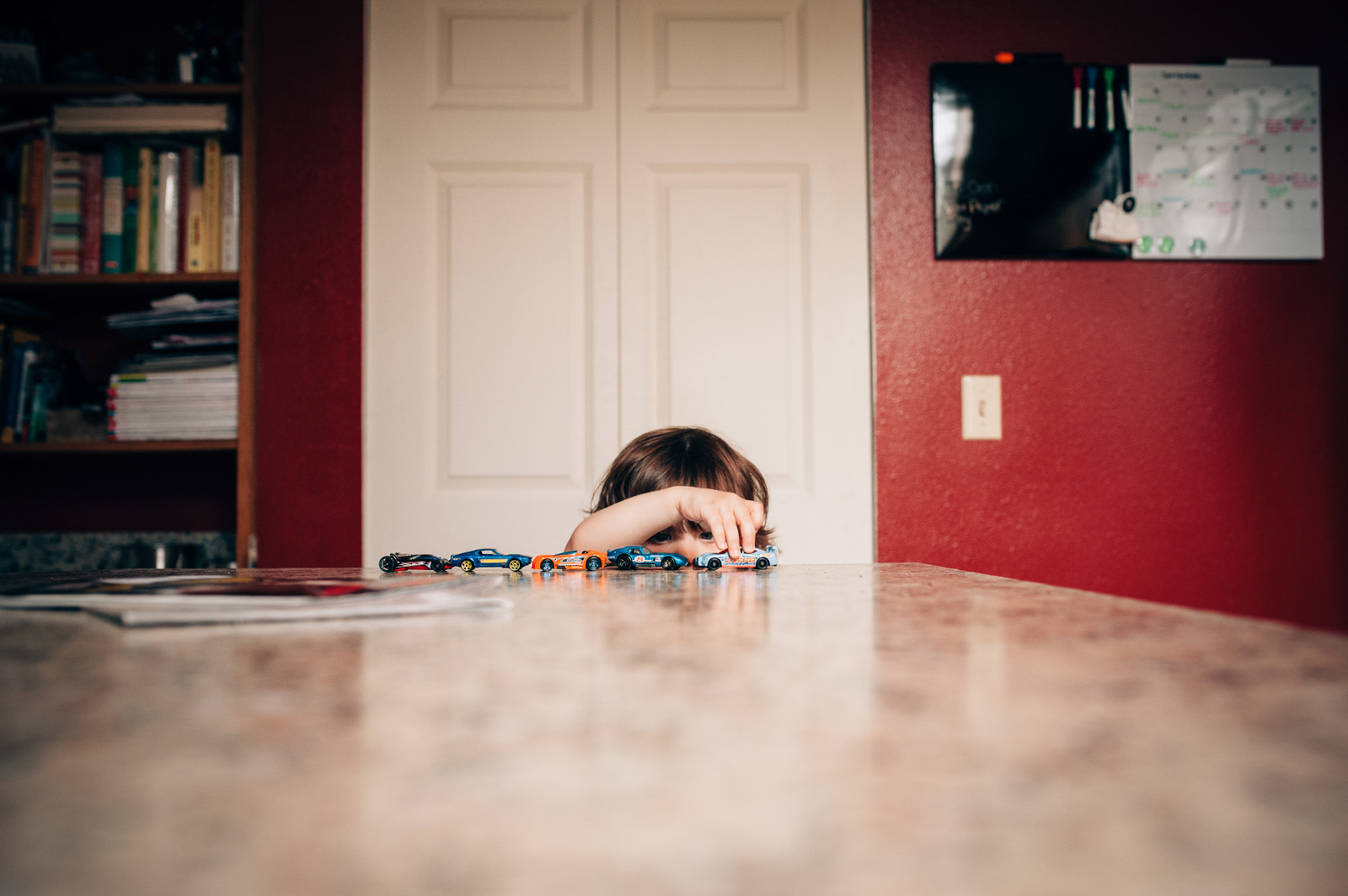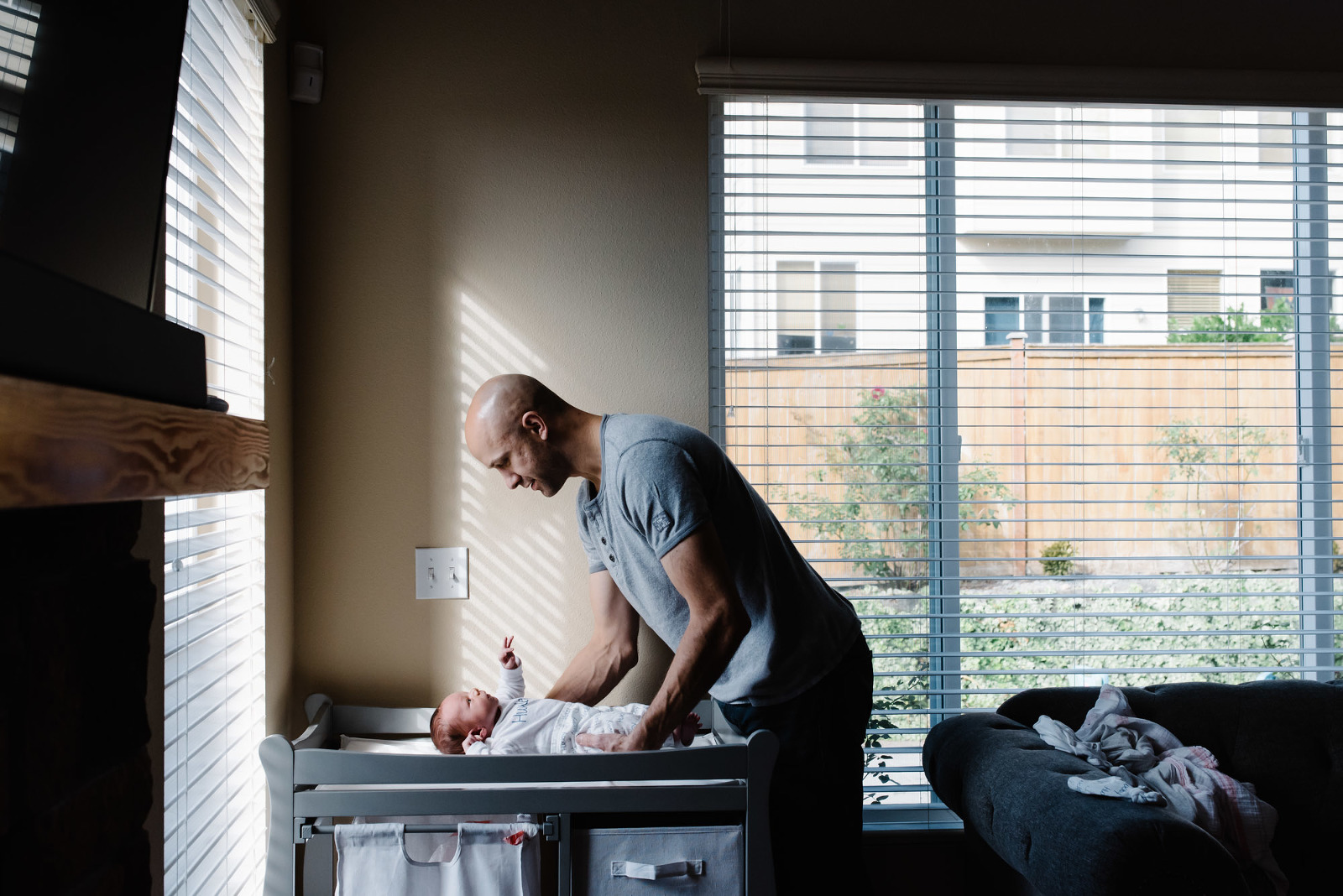Evaluating light. That’s right. This post will have nothing to do with your camera. There will be no discussion about what this button does, or what that dial controls. Knowing what is outside your camera is the first step in knowing what to do with your camera. Start making a habit of noticing the light around you.
Your big, beautiful DSLR has a lot of power but you are just not going to get great images straight out of the camera (SOOC) at high noon, on a sunny and cloudless day, in the middle of a field. It should be noted with regards to this article we are only discussing the use of ambient light. There are several ways to improve and even salvage the lighting scenario mentioned above with reflectors, flashes, or a combination of both. With post production, extra equipment and creative composition almost any lighting situation can be usable. But to start, you need to understand what light is workable with your camera alone.
So what should you be paying attention to? When examining the light around you pay attention to its brightness and its intensity.
First, brightness, how much light is around you? Can you easily pick out details and textures in your environment? Or is everything a little muddy? Low light is the easiest trait to battle with your camera. There are multiple settings you can change to make your camera “see” more light. It is basically the same concept as allowing your eyes to adjust to a dark room. The light isn’t actually changing, your eyes are simply becoming more sensitive to what is already there. But the less light there is to work with the more limited your options are with your camera settings (remember we aren’t discussing the use of any extra equipment, like a tripod or flash).
Second, intensity, how harsh is the light around you? Look at the different levels of light in the scene before you. Look at the brightest, most lit part of the scene in front of you. Now look at the associated shadow. Is there a shadow at all? Is there a nice gradient leading from the highlight to the shadow? Or is there a harsh shadow, just light and dark with no midrange? The best way to understand light intensity with regards to photography is to think about light as if it were water. If you have a garden that needs to be watered with 5 gallons of water. You could take a 5 gallon bucket and dump it on one part of your garden. This is similar to direct light. It saturates one area and leaves everywhere else untouched, like a harsh shadow. Or you could take that same 5 gallons of water and use a sprinkler which breaks up the water and gives it a bit more of an even distribution, like a shadow with many mid tones or even no shadow. This is what happens when sunlight is broken up by a cloud, which is why I love shooting on slightly overcast days. I can place my subjects virtually anywhere and not have to worry about shadows or squinty eyes.
It is possible to get a decent exposure under harsh conditions as well provided the light is coming from a good angle. The things you need to watch for? Awkward shadows, especially on the face. Think shadows falling in the eye sockets or a shadow from the nose extending across the face.
If you happen to be busting out your camera on a day that isn’t overcast there are still plenty of places to find great diffused light. Open shade is a great find. Tree shade is great, provided the sun isn’t directly above the tree causing speckles of light. The shadow coming off a building is a wonderful find. And the ever popular window light. However, you need to keep in mind that the magic of window light is less about the light from the window and more about the shade provided by being inside your house. Try photographing someone late in the afternoon in front of a west facing window on a really bright day and you will have all the same problems you would have standing outside. Below are a couple examples of window light and open shade, SOOC and edited.
Window Light

SOOC

Edited

SOOC

Edited
Open Shade

SOOC

Edited
So before we go about messing with the settings on our cameras leave them on auto and go in search of good light (remember to keep your on-camera flash turned OFF). Pay attention to brightness and shadows. Once you start to get a grasp on ambient light, even in auto, your photos will start to look consistently better. Then, once you have grasp on how to manipulate your camera settings, you can go about finding ways to successfully break all these rules.
Got any questions? Let me know! Leave a comment or send me an email. I would be happy to hear from you.










